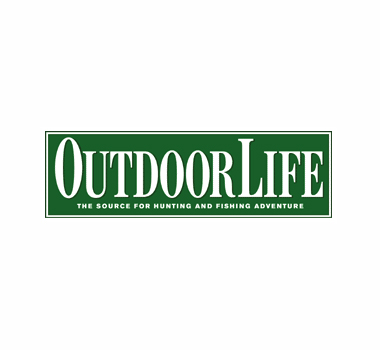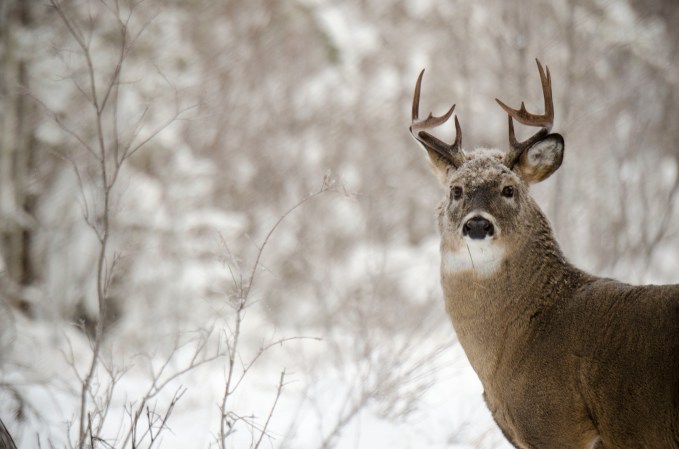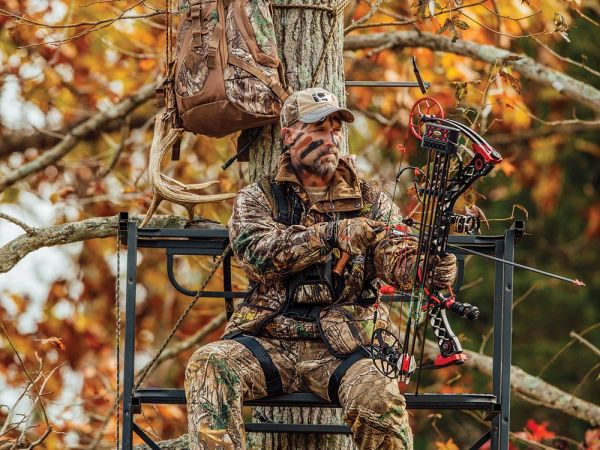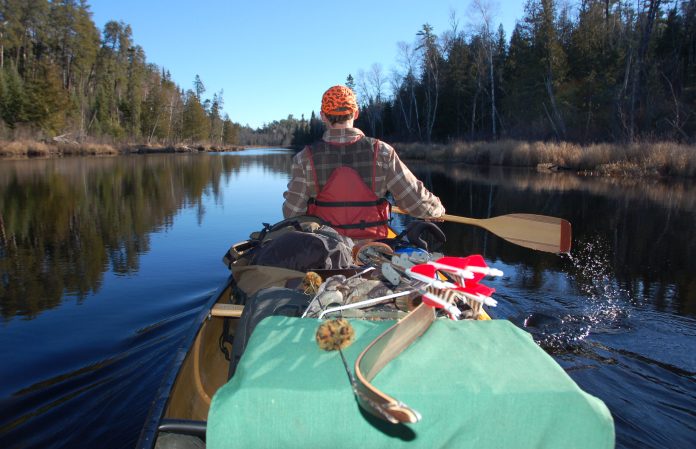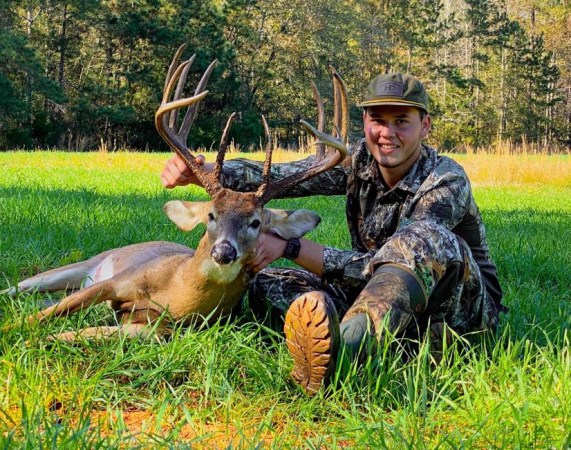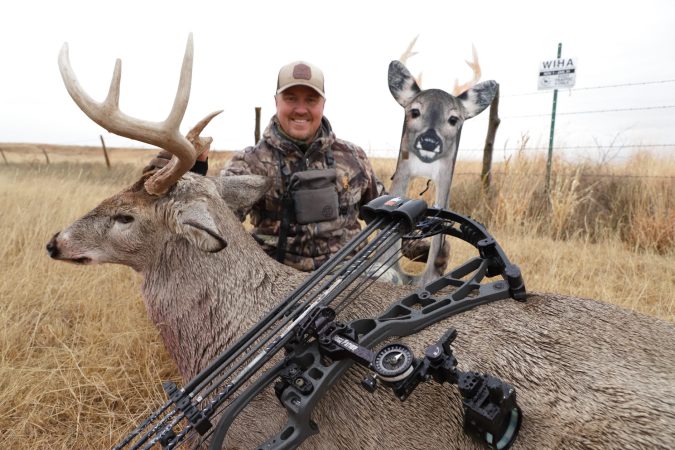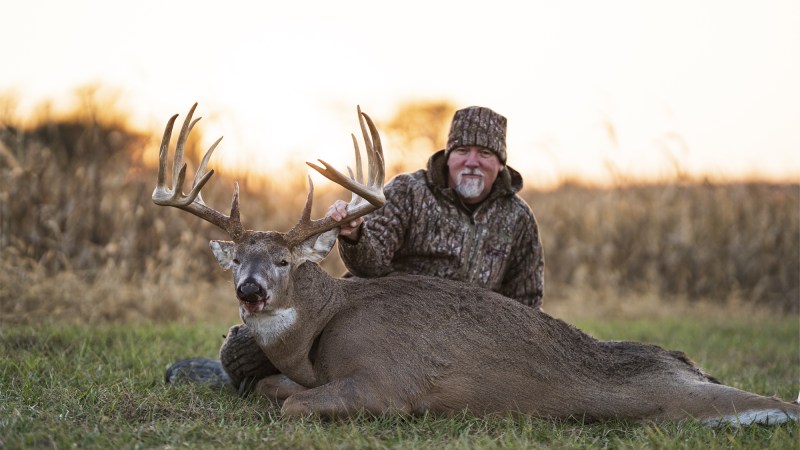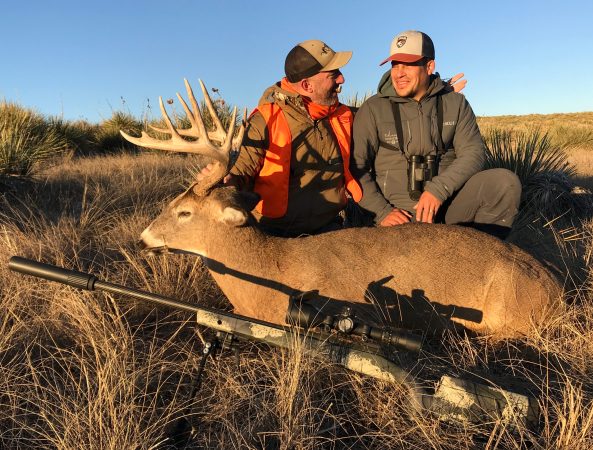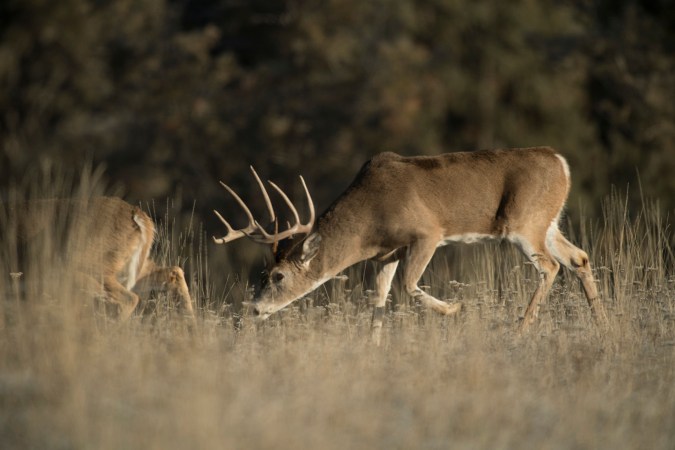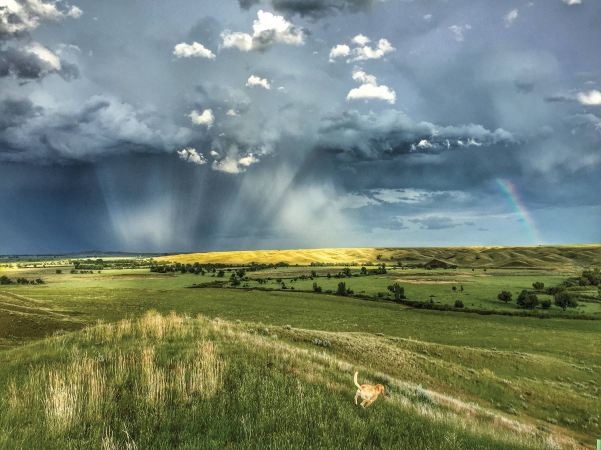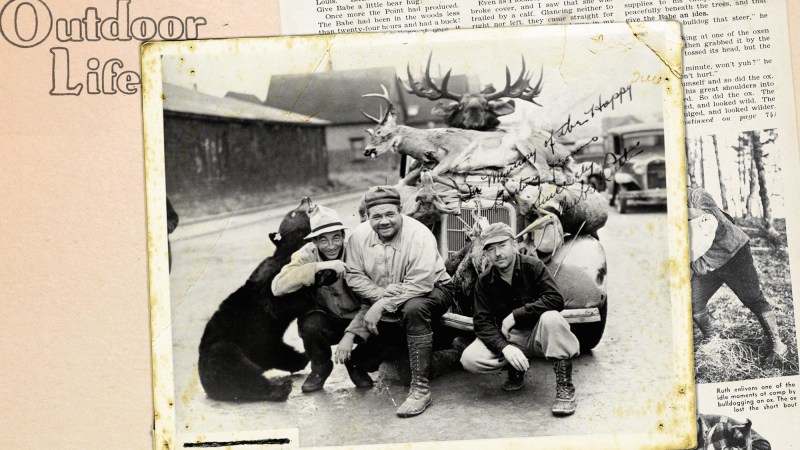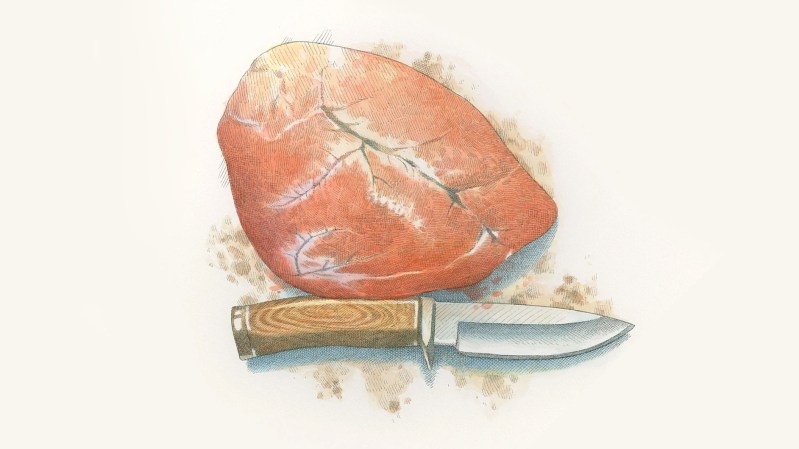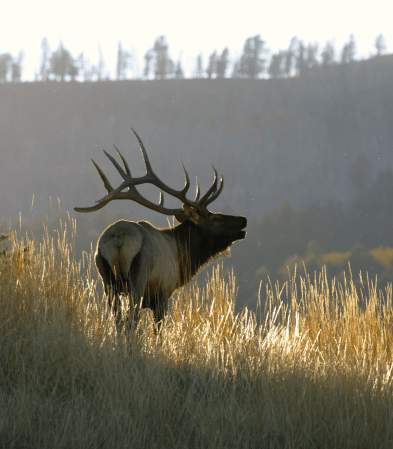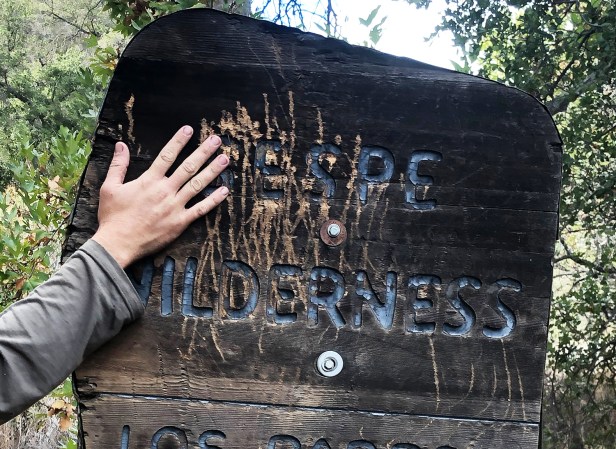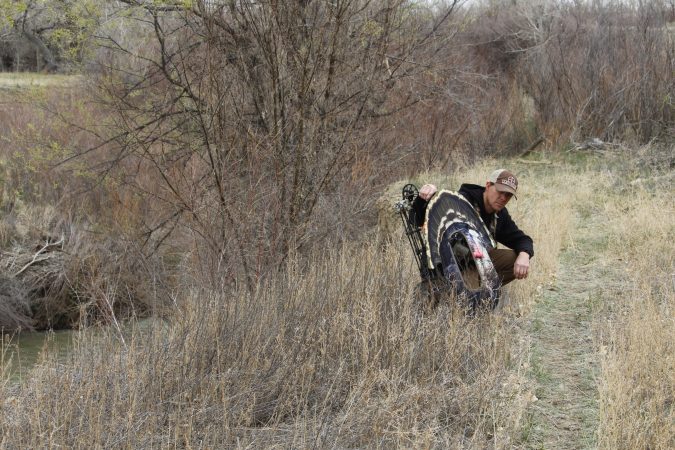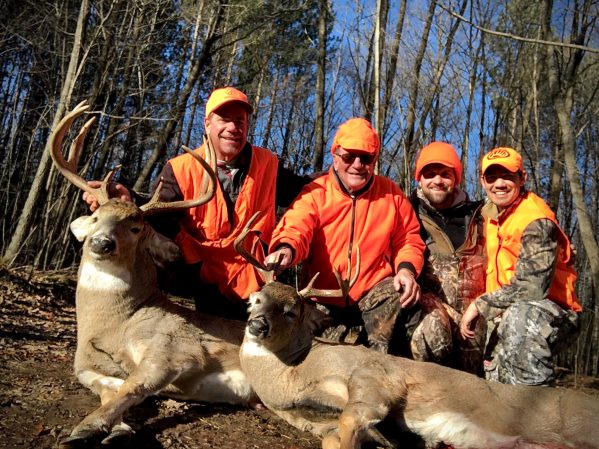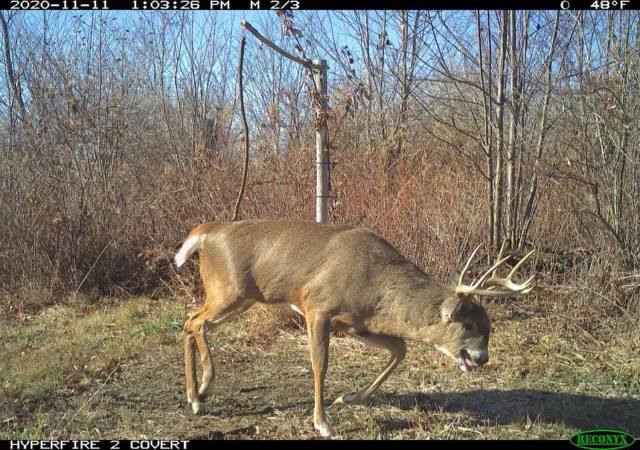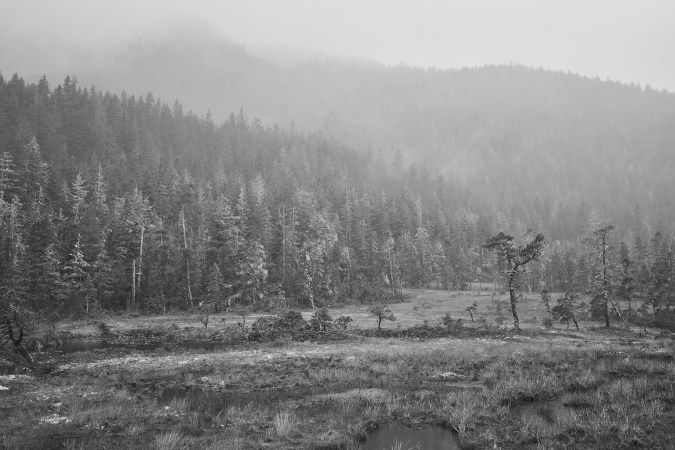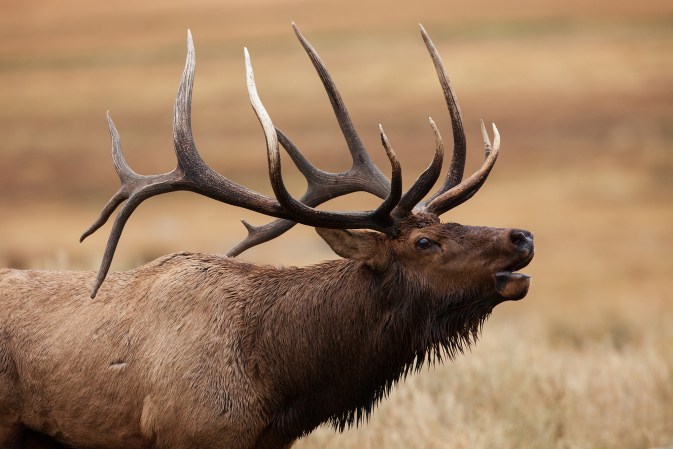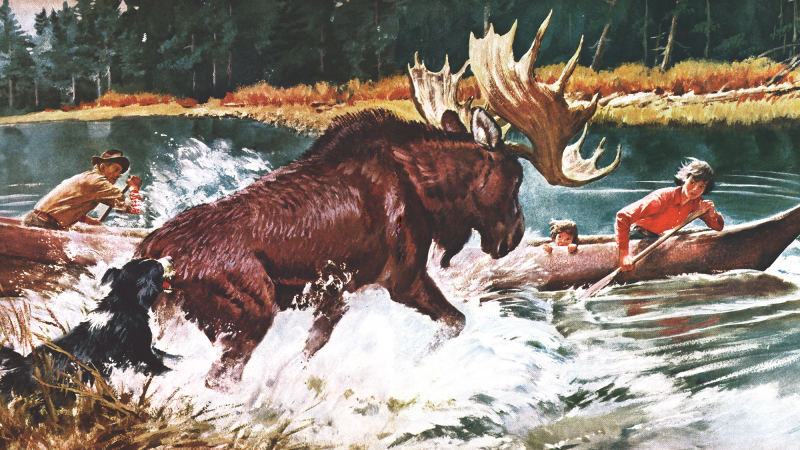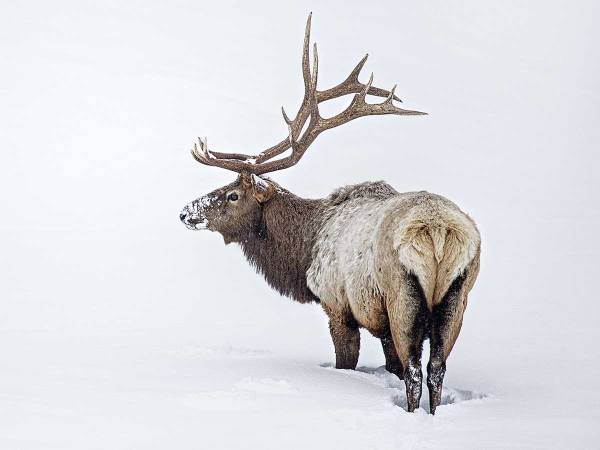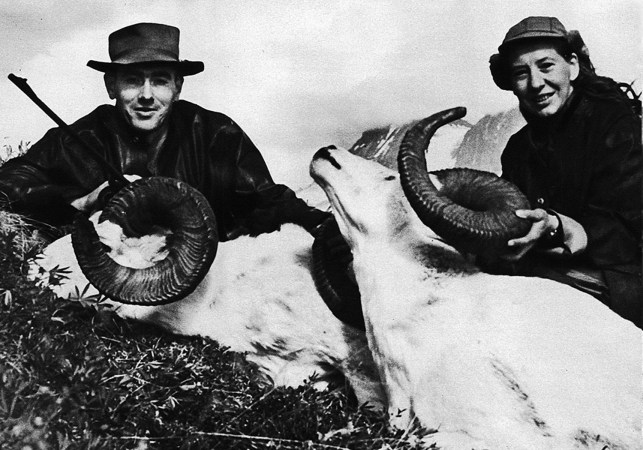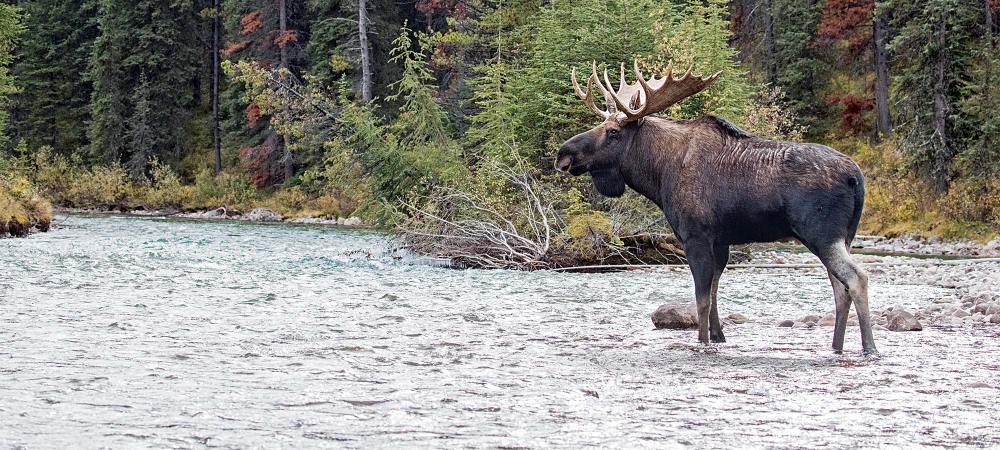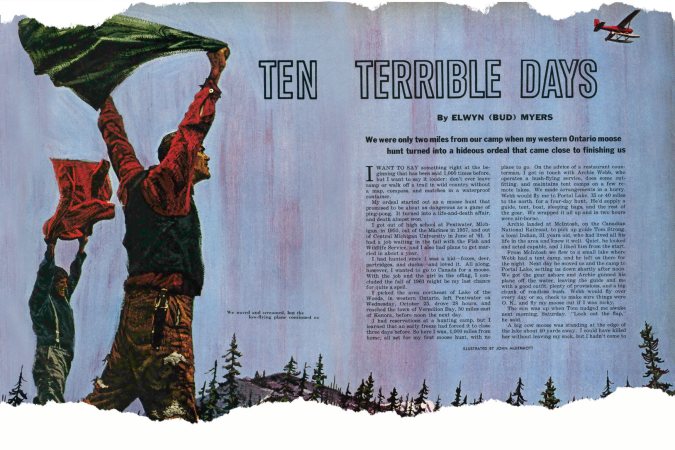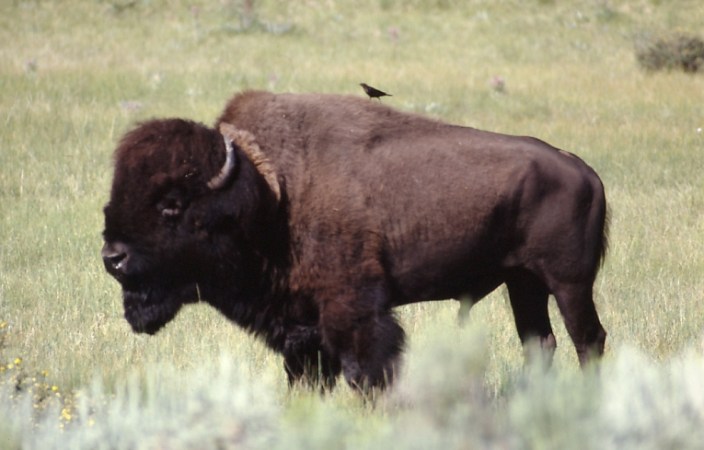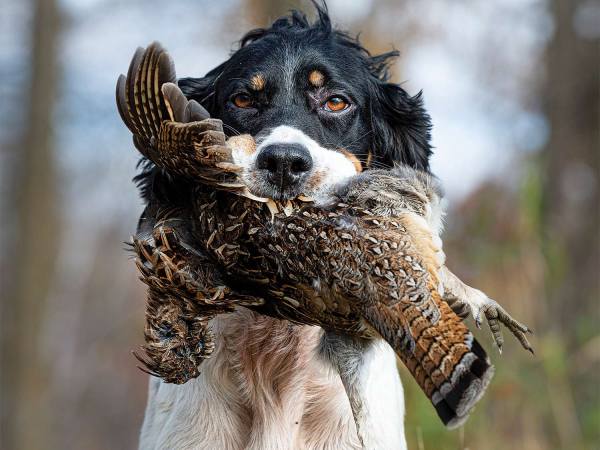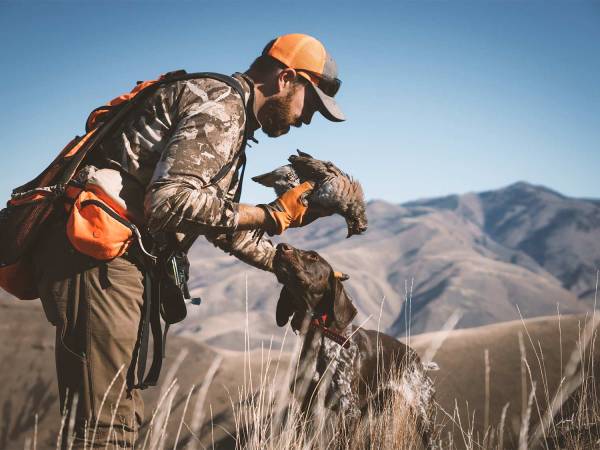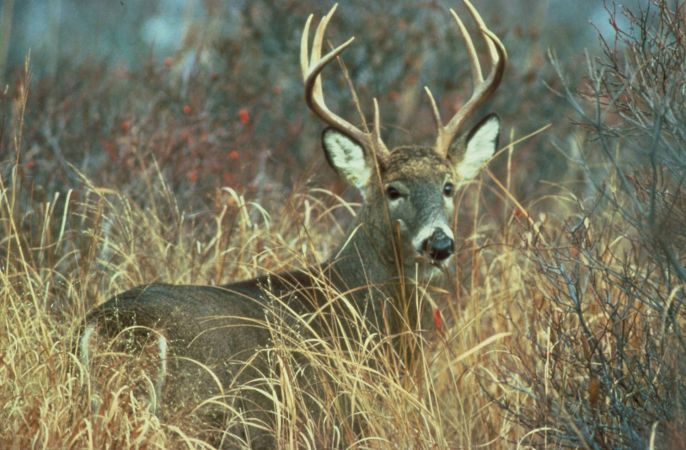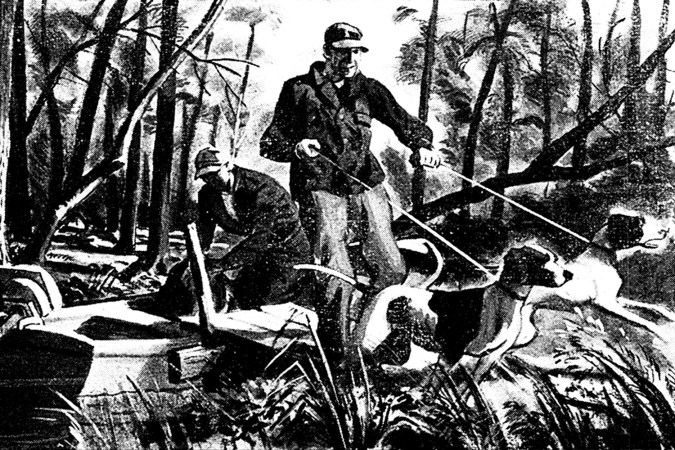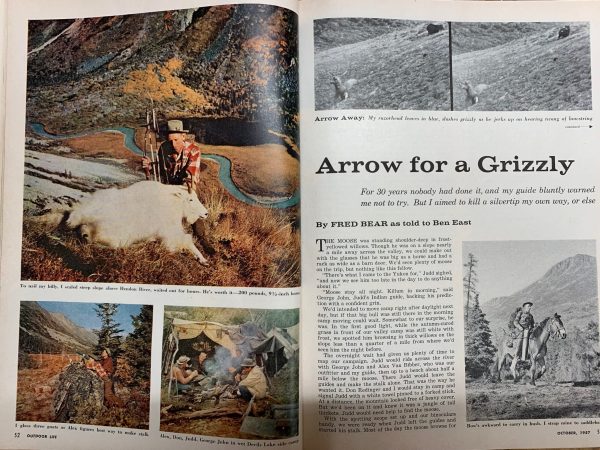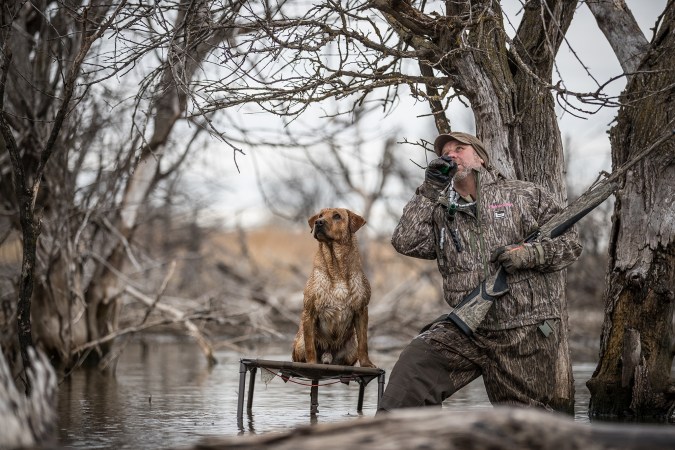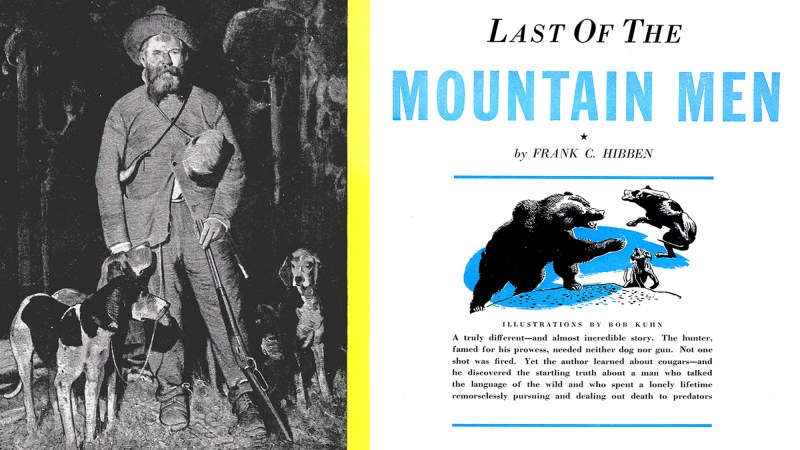Author and wilderness guide Sigurd F. Olson first described the silence of northeastern Minnesota’s Wilderness Lake Country thus: “The singing wilderness has to do with the calling of the loons, northern lights and the great silences of the land lying northwest of Lake Superior.”
That silence exists today, especially within the Boundary Waters Canoe Area, a one-million-acre spruce forest wilderness with more than 1,000 glacier-carved lakes and streams. While outboard motors are permitted on a handful of the lakes, most of the region can be reached only by a combination of foot and paddle. Over 1,500 miles of canoe routes await.
MAPPING OUT MARBLE EYES
Target feeding walleyes in the morning or evening when low-light conditions prevail. By mid-September (about the time grouse season opens), hungry walleyes can be found on reefs and main lake points in 10 to 12 feet of water. The best reefs and points are windblown, loaded with baitfish and surrounded by 30 to 40 feet of water. Lake narrows with current are also productive.
Arm yourself with a light- to medium-action rod and a reel spooled with 6-pound-test monofilament. Prospect reefs and points by trolling floating minnowbaits like Rapalas. Split shot is usually necessary to get the bait down. To troll in a canoe, place the rod between your legs with the tip out to one side.
When you find a productive reef or point, slow down and tie on a jig. A 1/8- or 1/4-ounce jig tipped with live bait is a staple for wilderness walleye fishing. Leeches are very effective and fairly easy to keep alive. Leeches also can be fished with slip bobbers and small hooks if the walleyes are suspended over structure.
GROUSE IN THE AFTERNOON
Once the sun is high in the sky, trade your rod for a shotgun. Grouse will be found sunning themselves on rock ledges. The optimal ledges are close to water and surrounded by young aspen stands and berry bushes. On windy and rainy days, move to lower protected stands at water’s edge. Bad weather forces the birds into thick cover, making them more difficult to track.
Access to the BWCA is by permit only. Canoeists are assigned a specific date and entry point, but once they’ve entered the BWCA, groups are allowed to travel freely throughout the wilderness. Straddling the Canada-Minnesota border, Basswood Lake is not only one of the largest BWCA waters, but also a top walleye and grouse destination. The Fall Lake, Moose Lake, Snow Bank Lake and Farm Lake entry points all provide access to Basswood Lake. For more information or to obtain a permit, call the BWCA reservation line (877-550-6777).
Campsites are clearly marked with a fire ring and cooking grate. The forest service implements fire bans during dry spells, so pack a small propane burner, too. Bug juice and rope for hanging food packs are recommended camp items. There are bears in these woods, so after filleting fish take the remains to an island or lake shore far from your campsite and lay them on granite ledges for bald eagles to clean up. Contact: Bill Slaughter’s Northwoods Guiding Service, Ely (800-559-9695)
